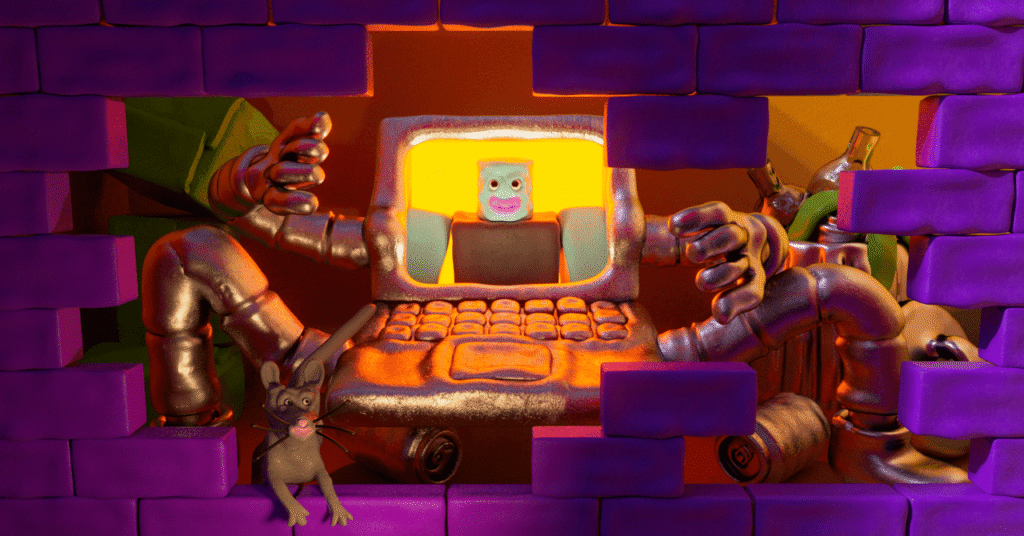
Roblox has faced longstanding criticism for not ensuring the safety of its young user base. Despite rolling out new protective measures in July, such as an AI-driven age verification system and enhanced privacy tools, concerns persist among researchers, experts, and legal professionals that these changes may not effectively address the platform’s ongoing issue of individuals exploiting players.
The platform, established in 2006, empowers kids to create and play games using simple tools. With an in-game currency called Robux, users can purchase avatar accessories and engage in various activities like chatting and trading. The open-world nature of most games provided a space for children to socialize during Covid-19 lockdowns. The recent popular game *Grow a Garden* contributed to surpassing 100 million daily active users by the end of July, as reported by the company.
The freedom afforded to users on Roblox has posed challenges for moderation due to default chat settings allowing unrestricted communication between players. Despite Roblox’s introduction of safety features like Trusted Connections to prevent older individuals from contacting minors, doubts remain about their ability to fully safeguard young users.
The company’s delayed implementation of these safety measures has left many users vulnerable. Allegations have surfaced over the years claiming that Roblox harbors not only pedophiles but also extremist groups like No Lives Matter and 764. Legal action is now being pursued by multiple law firms representing clients who accuse the platform of enabling sexual exploitation and grooming of minors.
The surge in lawsuits against Roblox underscores the urgency to address online safety concerns. While Roblox spokesperson Stefanie Notaney emphasizes the company’s commitment to user safety through stringent safeguards and content restrictions, legal actions continue to mount against the platform for facilitating exploitation and misconduct.
The escalating reports of child exploitation on Roblox underscore the pressing need for platforms to enhance protections beyond basic measures. As cases continue to rise, it is evident that existing safety mechanisms are insufficient in deterring malicious actors targeting vulnerable children on online platforms like Roblox.
In light of these challenges, efforts by Roblox and other platforms to bolster safety features are crucial. However, concerns persist that these measures may not be foolproof against determined individuals seeking to exploit young users. Collaborative initiatives between law enforcement agencies, researchers, and legal professionals are essential in combating online grooming and protecting children from harm in virtual environments.
